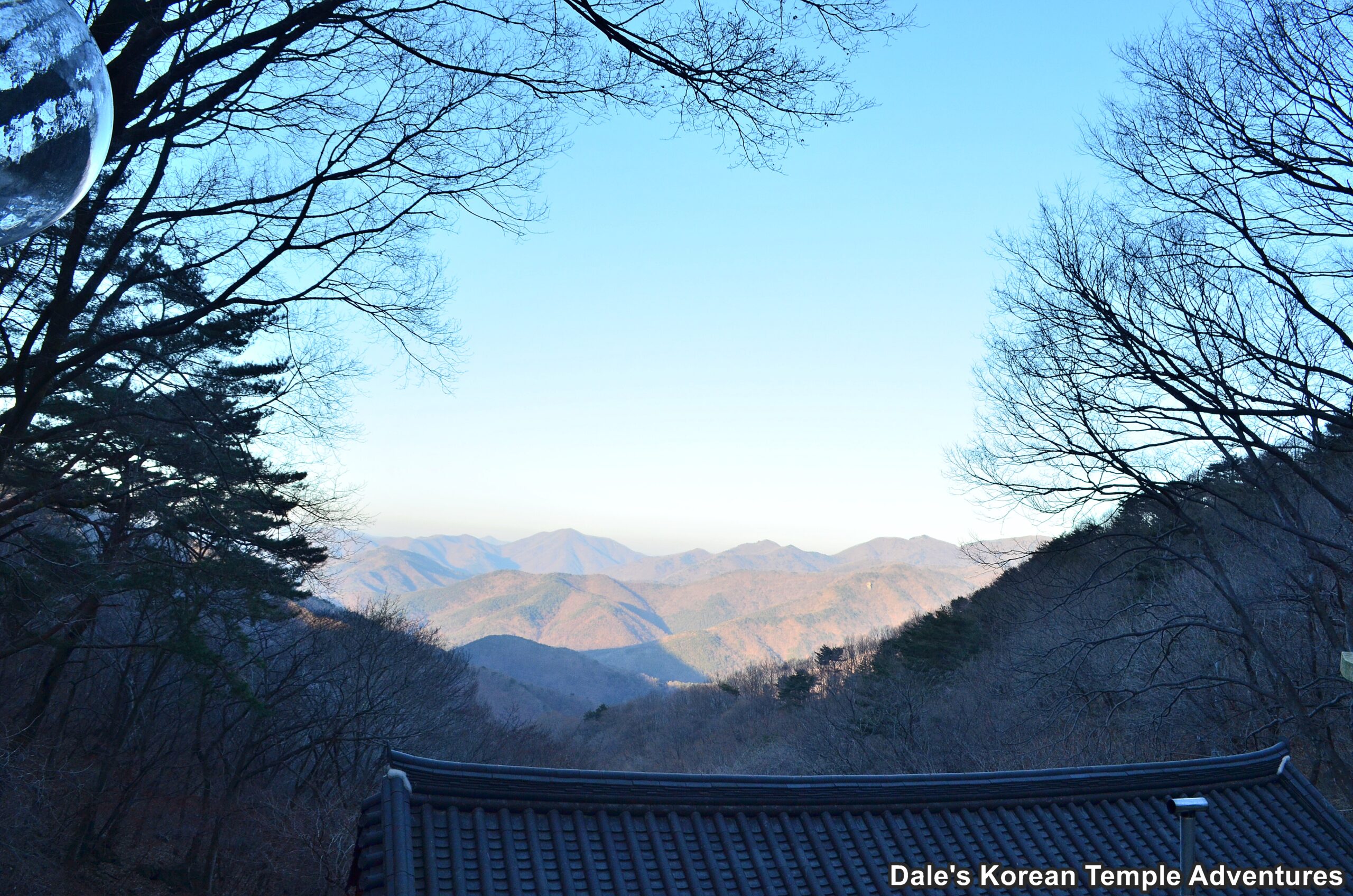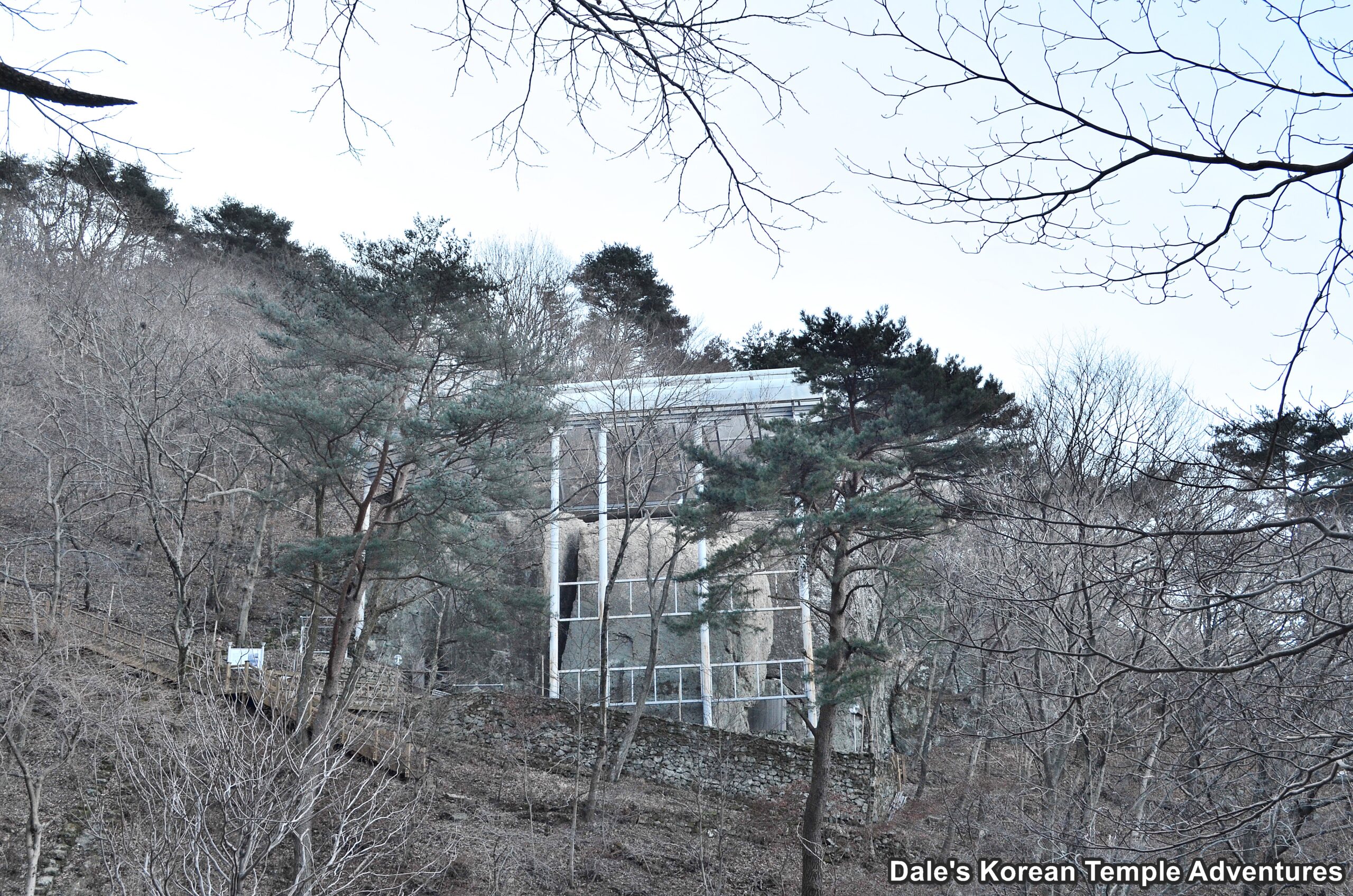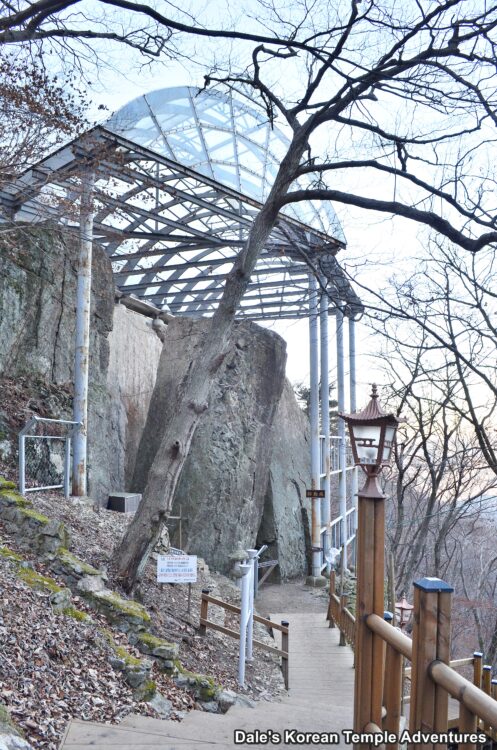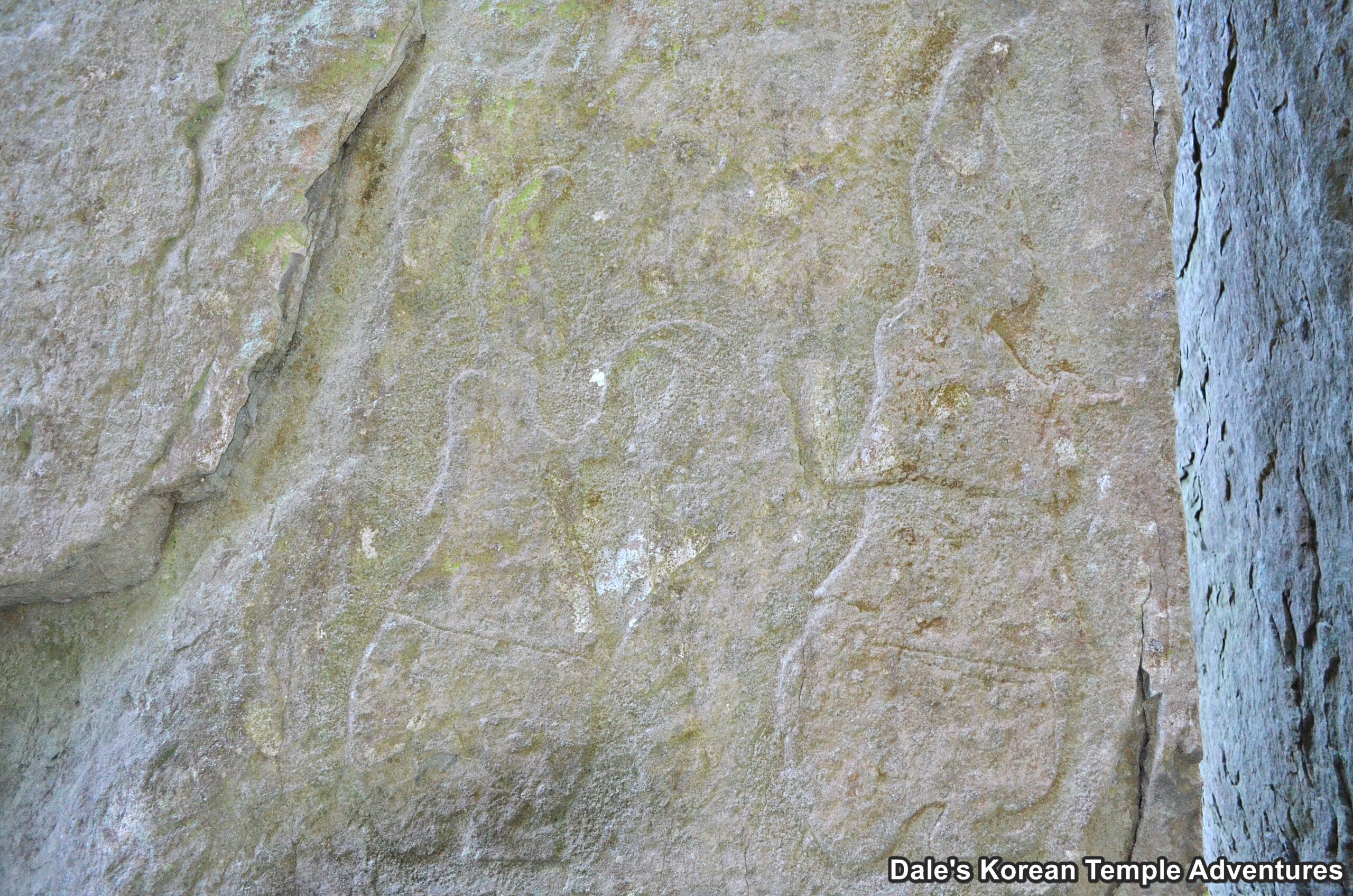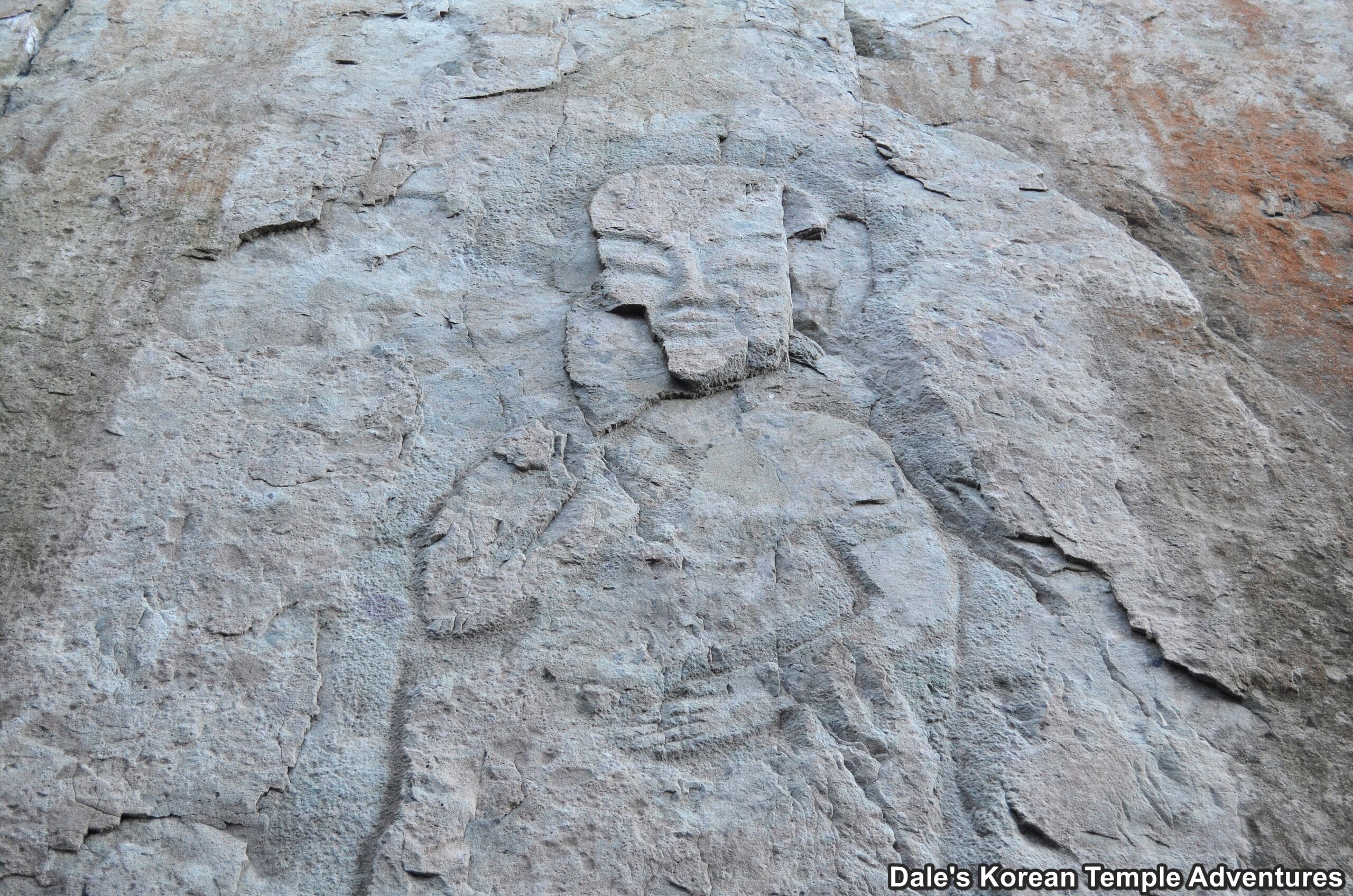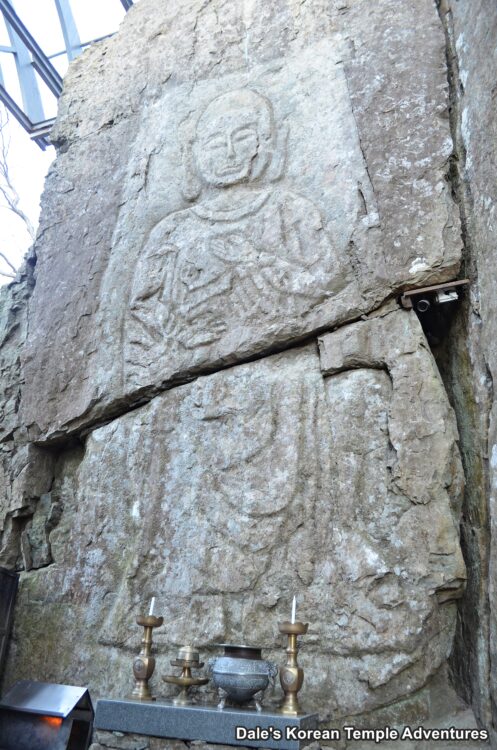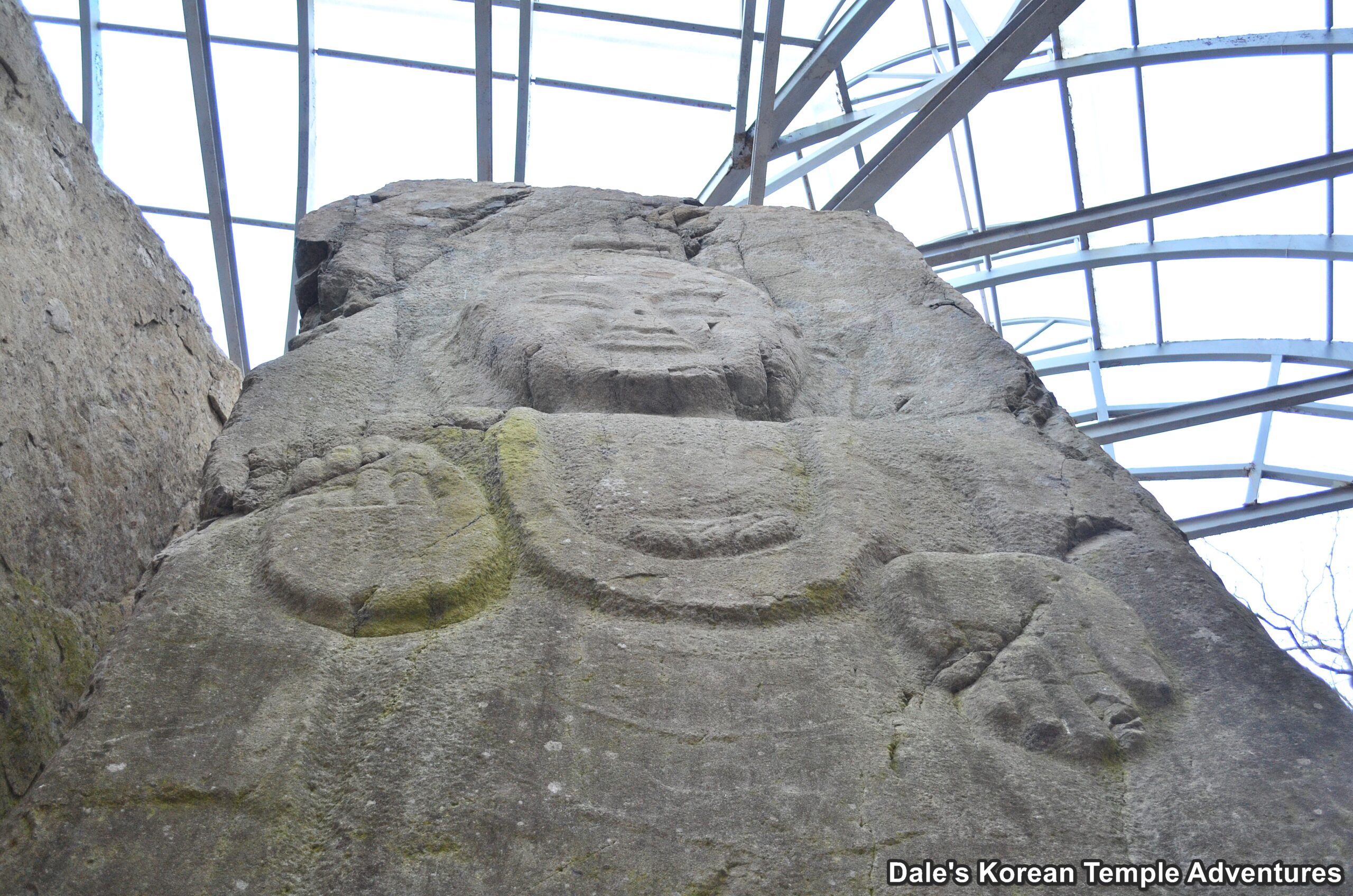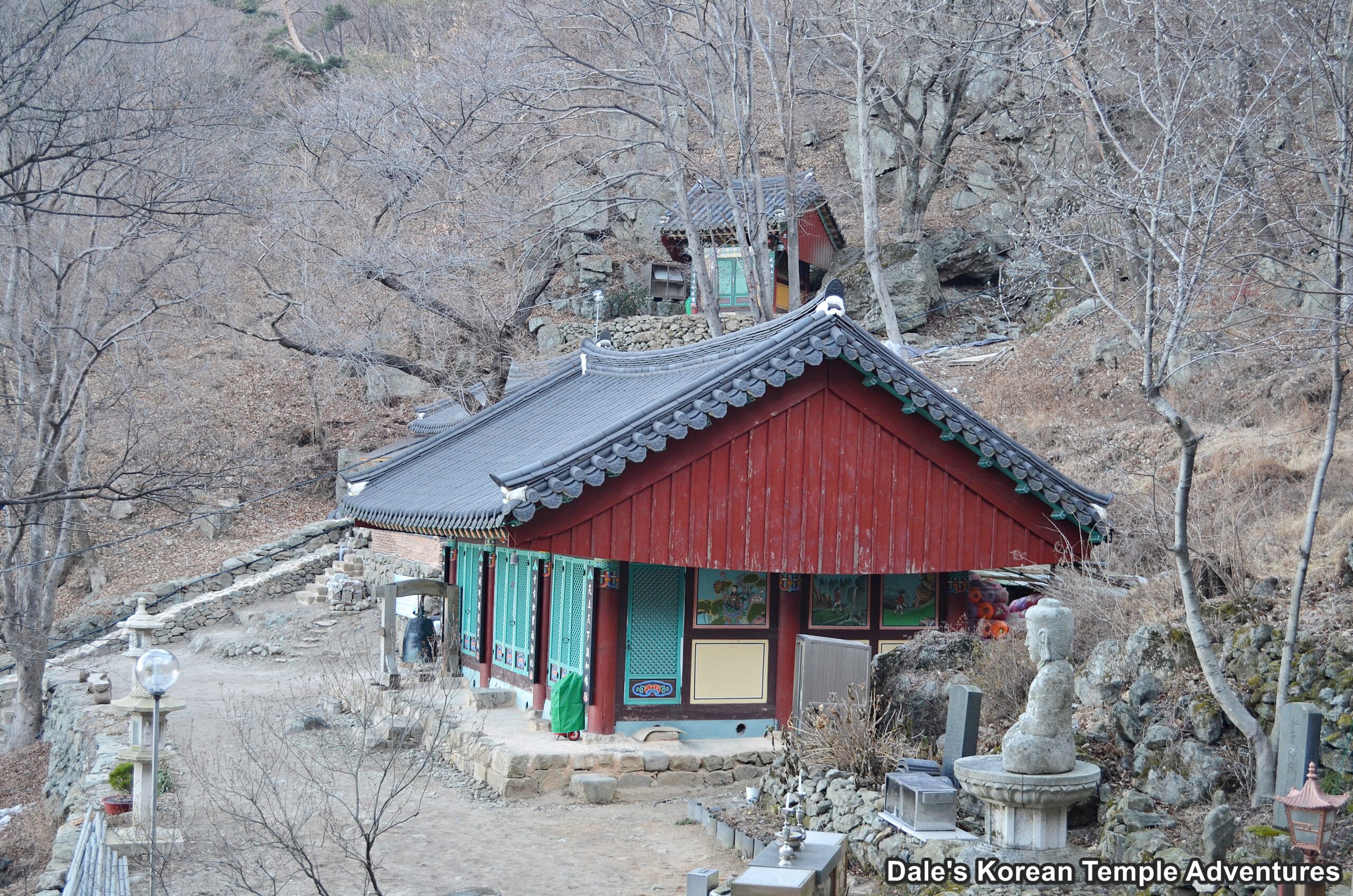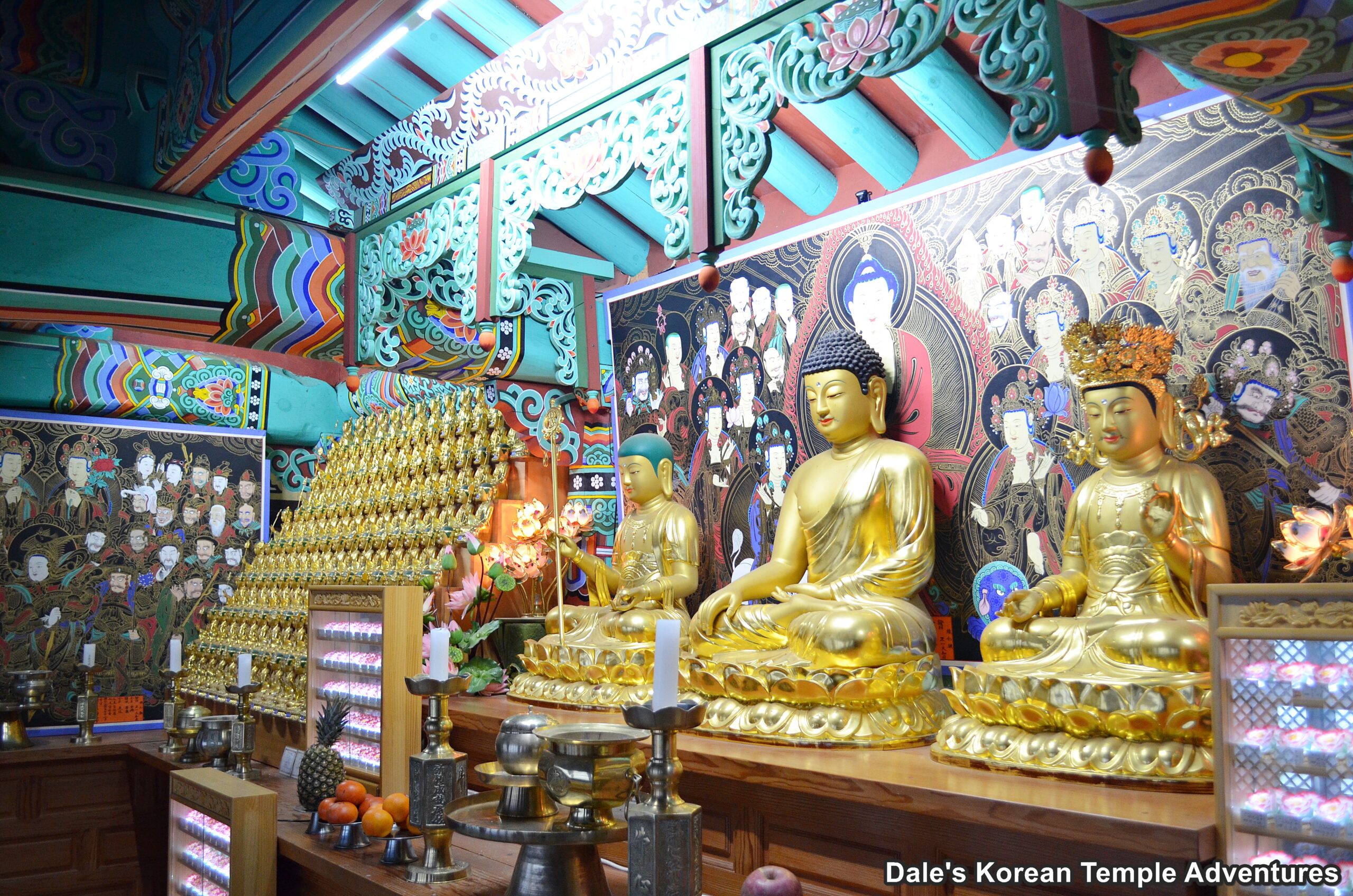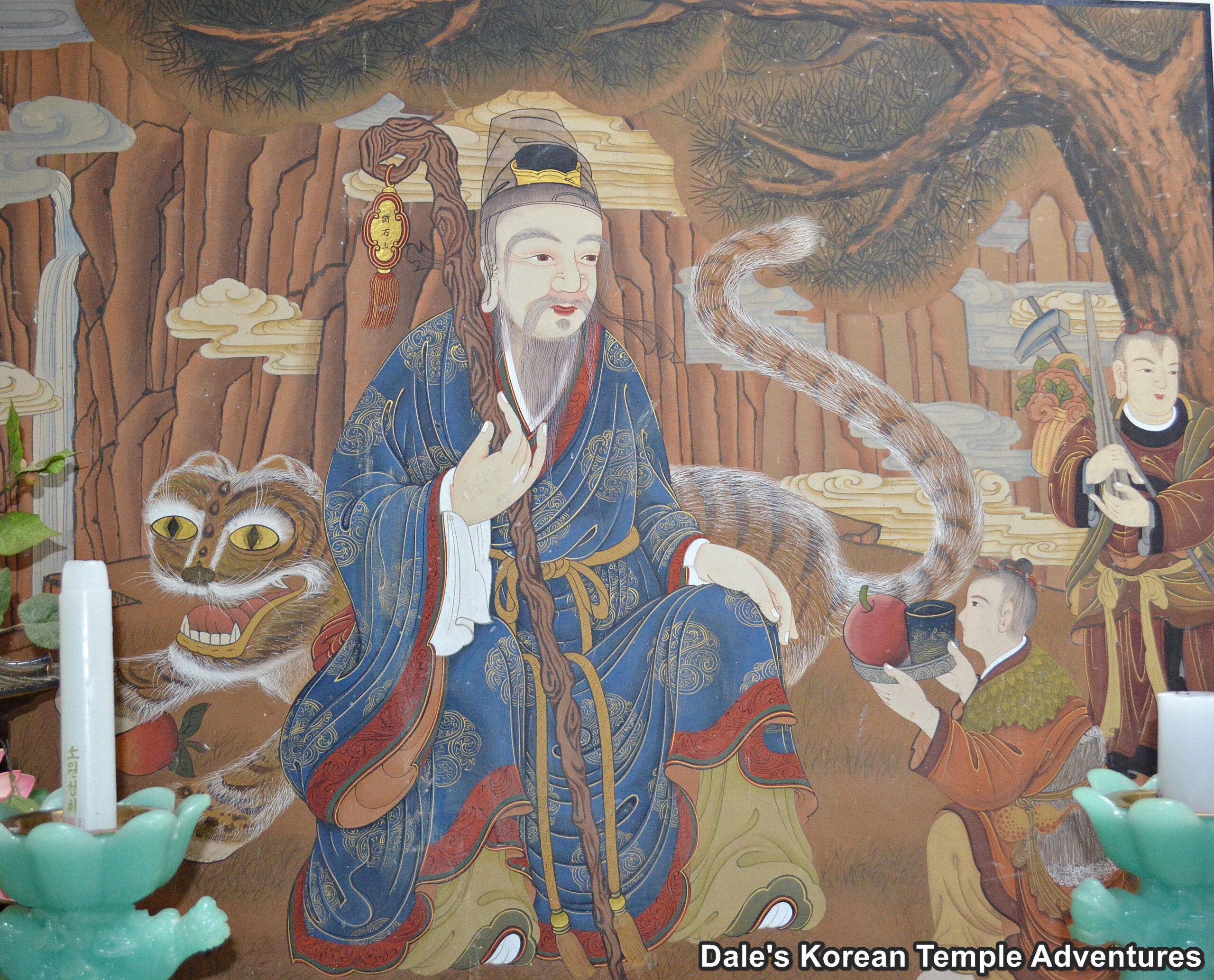Sinseonsa Temple – 신선사 (Gyeongju)
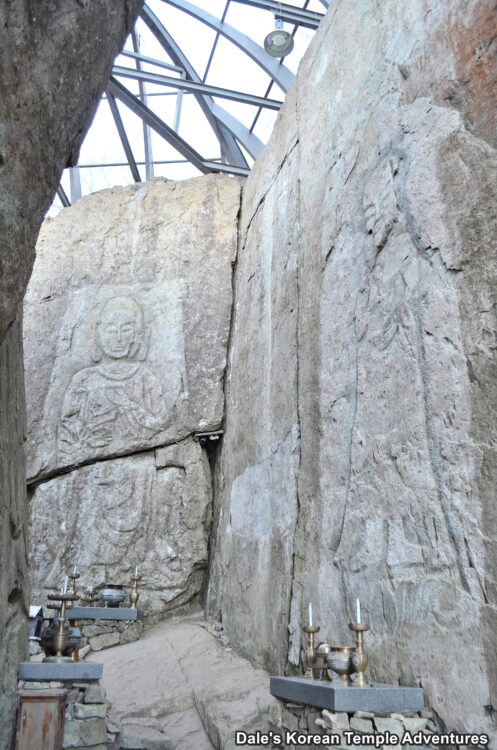
Temple History
Sinseonsa Temple, which means “Spirit Immortal Temple,” in English, is located on Mt. Danseoksan (827m). Mt. Danseoksan, which means “Cut Rock Mountain,” in English, is the tallest mountain in Gyeongju. Mt. Danseoksan is away from the downtown core in the northwest part of Gyeongju. The name of the mountain was originally Mt. Jungaksan during part of the Silla Dynasty (57 B.C. – 935 A.D.). However, the mountain came to be known as Mt. Danseoksan when Kim Yushin (595-673 A.D.), at the age of fifteen in 610 A.D., became a hwarang (an elite group of Silla warrior group). Kim Yushin entered the mountain with the hope of unifying the Three Kingdoms at the age of seventeen. During this trip, Kim Yushin cut a large rock with his sword. As the story goes, he was able to do this through his divine ability that he learned from a monk named Nanseung. The cut rock that Kim Yushin made with his sword is purportedly at the peak of Mt. Danseoksan above Sinseonsa Temple. In addition to Kim Yushin becoming a hwarang, the mountain is known for having trained hwarang warriors.
Temple Layout
As you first make your way up to Sinseonsa Temple and the Sanginam Grotto, which is also known as Rock-Carved Buddhas of Sinseonsa Temple, you’ll first need to climb the seven hundred metre stretch of road that gives way to a trail. Finally cresting the hill, you’ll notice Sinseonsa Temple to your left and the Sanginam Grotto to your right.
The main reason you’ve probably come to Sinseonsa Temple is to see the Rock-Carved Buddhas of Sinseonsa Temple that’s now sheltered under a large Plexiglas shelter. The grotto consists of stone walls that are shaped like a “U”. The Sanginam Grotto predates Seokguram Hermitage by two hundred years, dating to around the early 7th century, during the Silla Dynasty (57 B.C. to 935 A.D.). The interior of Sanginam Grotto is ten metres deep, eight metres tall, and three metres wide at its entrance. Formerly, the grotto had a roof placed over top of it; but more recently, the missing tile roof has been replaced by a Plexiglas protective roof. With that being said, parts of the former tile roof have been found in the vicinity of the Sanginam Grotto.
On the U-shaped rock walls, you’ll find a collection of ancient stone reliefs. Specifically, you’ll find Buddhas, Bodhisattvas, and monks on the walls of the ancient grotto. In total, there ten reliefs, and Sanginam Grotto is National Treasure #199.
The entrance to the open grotto faces to the west. In this part of the open grotto, you’ll find four reliefs on the left wall (north wall). The three reliefs point towards the relief of the Buddha, Seokgamoni-bul, with their left hands. The relief of the Buddha is a light relief. Below these four reliefs are a pair of monk reliefs performing a Buddhist memorial service. These reliefs wear hats shaped like socks. The relief to the left is 90 cm tall, while the relief to the right is 120 cm tall. These two reliefs are a wonderful glimpse into the past at Silla dress during Buddhist memorial services.
On the right wall (south wall), across from the four reliefs and the pair of monks, is a crumbling relief of Jijang-bosal (The Bodhisattva of the Afterlife). This relief, which is cracking in part, is about three metres in height. There are inscriptions near this relief, but most of the words are now unrecognizable. However, the words that can be read statue that “The temple is Sinseonsa and the main image of the Buddha here is the sixteen foot Mireuk-bul.”
Straight ahead, and at the end of the corridor, you’ll find another tall relief. This six metre tall relief is dedicated to Gwanseeum-bosal (The Bodhisattva of Compassion). The rock that the relief is carved onto has been broken in half. The large eared image of Gwanseeum-bosal dons a long, flowing robe.
The final relief in the grotto is the largest in the collection. This relief, which is situated to the left of the relief of Gwanseeum-bosal, stands eight metres in height. This relief is dedicated to Mireuk-bul (The Future Buddha). The relief of Mireuk-bul has a round child-like face that makes it appear inviting and friendly. There are knots in the belt, which tie together the U-shaped robe. Amazingly, the toes of the relief remain well-preserved and intact.
Other than the Sanginam Grotto, there are a couple of shrine halls that you can explore at Sinseonsa Temple. The most prominent of the set is the Daeung-jeon Hall. From the Daeung-jeon Hall, you get an amazing view of the valley below. The exterior walls to the main hall are adorned with simplistic Shimu-do (Ox-Herding Murals). Stepping inside the Daeung-jeon Hall, and seated on the main altar, are a triad of statues centred by Seokgamoni-bul (The Historical Buddha). This statue is joined on either side by Gwanseeum-bosal and Jijang-bosal. To the right of the main altar is a nice mural dedicated to Chilseong (The Seven Stars). And to the left of the main altar are smaller sized statuettes dedicated to Jijang-bosal, as well as a Shinjung Taenghwa (Guardian Mural).
To the right of the Daeung-jeon Hall are two statues. The newer one appears to be Yaksayeorae-bul (The Medicine Buddha, and the Buddha of the Eastern Paradise), while the older statue appears to be Seokgamoni-bul (The Historical Buddha).
To the left of the Daeung-jeon Hall, and up the embankment, is the Dokseong/Sanshin-gak Hall. Inside this shaman shrine hall are a pair of shaman deity paintings. To the right is the mural dedicated to Dokseong (The Lonely Saint). And to the left is a mural dedicated to Sanshin (The Mountain Spirit). Look at the feet of the tiger in the Sanshin mural, and you’ll see the playful animal kicking around a peach with its paw. The peach is meant to symbolize immortality. In front of these two murals is a set of jade turtle-based candle holders.
How To Get There
From the Geoncheon train station, which is just north of Gyeongju, you’ll need to board a bus bound for Songseon 2-ri Jeolgol – 송선 2리 절골. To get there, you can take Bus #350, #351, #352, or #355. The bus ride takes about thirty-five minutes, and it lasts eight stops. From where the bus drops you off, you’ll then need to walk 2.2 km to get to Sinseonsa Temple. Head south for about a kilometre, and then east for the rest of the trek. Don’t worry too much, there are lots of signs along the way to guide you.
Overall Rating: 8/10
Easily the main attraction at Sinseonsa Temple is the Sanginam Grotto. This ancient grotto, and Korean National Treasure, is filled with stone reliefs. While eroded and worn down by the passage of time, you can still make out the uniquely designed reliefs like the funerary monks and the large, boyish relief of Mireuk-bul, which is the centerpiece of the grotto. Also of note at Sinseonsa Temple is the beautiful painting dedicated to Sanshin (The Mountain Spirit).
